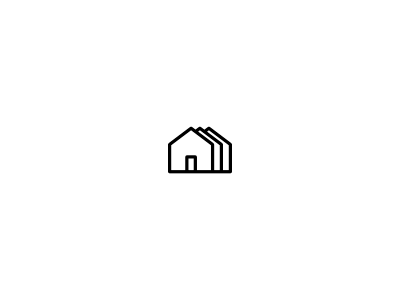When it comes to maintaining or upgrading a mobile home, few decisions impact comfort, efficiency, and long-term durability as much as your roof. Yet many homeowners feel unsure where to start. What are the best materials? What’s the cost difference? And what will actually work for your specific structure?
In this guide, we’ll walk you through everything you need to know about mobile home roofing, from common roof types and materials to special factors that every mobile homeowner should consider.
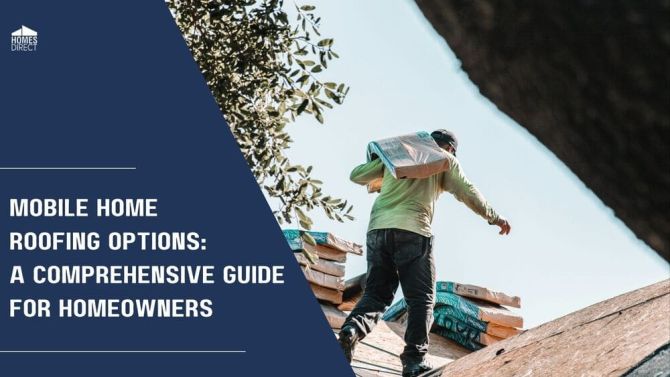
A mobile home’s roof isn’t quite the same as a traditional house’s. Most mobile homes are built lighter and more compact, meaning their roofs need to be carefully matched to the home’s structural limits. Over time, exposure to sun, wind, rain, and snow can wear down even the sturdiest materials, which makes it essential to understand the options available to you.
Unlike site-built homes, mobile homes often come with either flat or low-slope roofs, which have different drainage and insulation needs. Because of this, selecting the right roofing for mobile homes isn’t just about aesthetics, it’s about performance, longevity, and even resale value.
Types of Mobile Home Roofs
Not all mobile home roofs are created equal. Whether you're replacing an aging roof or upgrading to improve insulation and style, it's important to understand the most common mobile home roof types and what makes each unique.
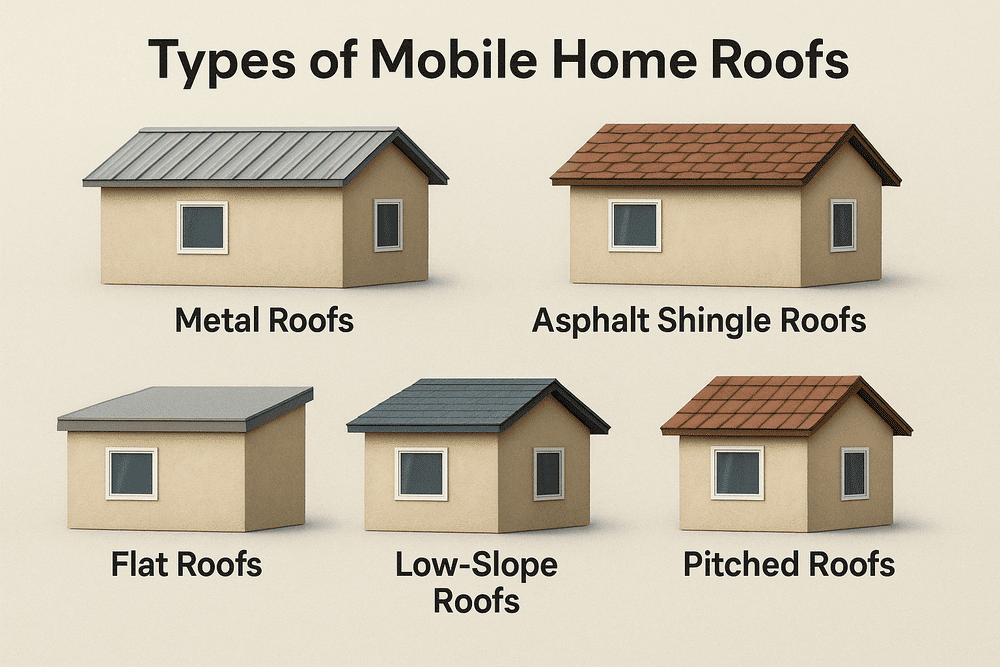
Metal Roofs
Metal roofing has become one of the most trusted upgrades for mobile homes, thanks to its balance of strength, efficiency, and longevity. A well-installed system can last forty to seventy years, often outliving the home itself. For many owners, it’s a once-in-a-lifetime investment that pays off through durability and lower energy bills.
One of the biggest advantages of metal is its compatibility with roof-over projects. Instead of tearing off the old material, new panels can be installed directly on top, reducing both labor costs and mess. Because metal is lightweight, it works particularly well for older mobile homes with limited structural support, yet it still provides strong protection against wind, fire, and heavy rain.
Another reason homeowners choose metal is energy performance. Reflective coatings can deflect the sun’s heat, cutting cooling costs significantly during hot summers. In colder regions, metal’s smooth surface also helps shed snow before it can build up and cause strain.
That said, there are a few factors to weigh before committing. The upfront cost is higher than shingles, usually ranging between three and eight dollars per square foot installed, and some homeowners find that rain or hail can be noisy without added insulation. In hail-prone areas, thinner panels may dent, though this rarely affects their ability to protect the home.
When selecting a metal roof, homeowners typically consider three main styles:
- Corrugated panels, which are budget-friendly and easy to install
- Standing seam systems, which have a sleek, modern appearance and hidden fasteners for better leak resistance
- Coated steel or aluminum panels, available in a variety of colors for those who want strength without sacrificing curb appeal
For the best results, pairing a new roof with an insulation upgrade is recommended. Foam board or radiant barriers beneath the panels not only soften exterior noise but also boost energy savings year-round. Maintenance is minimal; an annual inspection to check for loose screws or surface wear is usually enough to keep the roof performing at its best.
Pros:
- Low maintenance
- Long lifespan (40+ years)
- Great for all climates
Cons:
- Higher upfront cost than some materials
- Can be noisy during rain or hail without proper insulation
Discover more: Investing in mobile homes in 2025: pros and cons
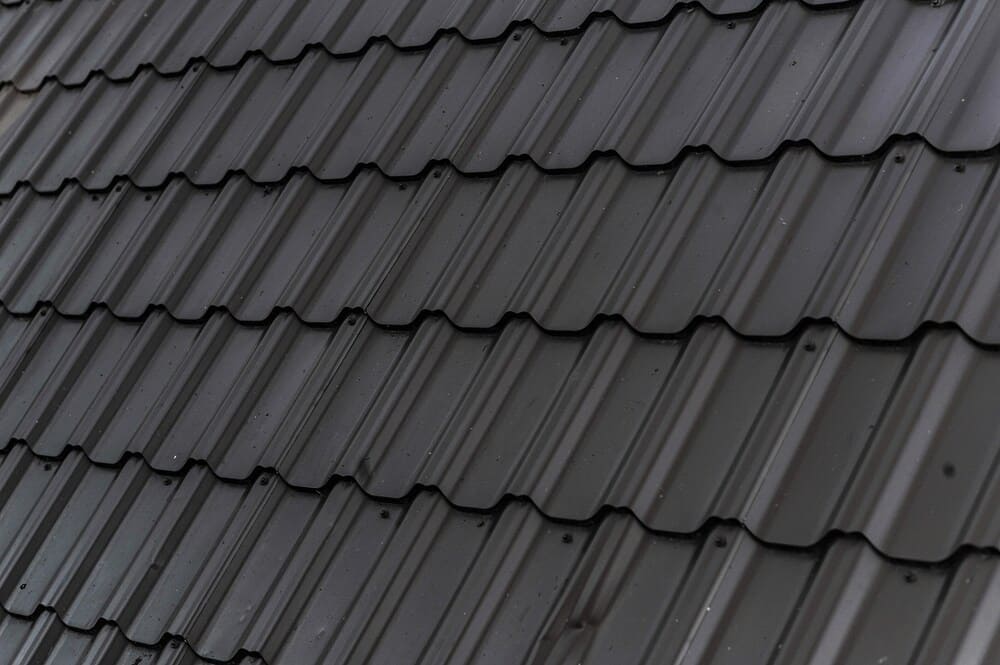
Asphalt Shingle Roofs
Asphalt shingles bring a sense of familiarity to mobile homes. They’re the same material most people picture when they think of a “classic” suburban roof, and that alone makes them appealing for owners who want their mobile home to blend seamlessly into a traditional neighborhood setting. With a variety of colors, textures, and finishes, shingles can dramatically change the curb appeal of a property, giving it a warmer, more residential feel.
Another reason shingles are so widely used is cost. Compared with metal or membrane systems, they’re among the most affordable choices. Replacement is straightforward too: instead of redoing the entire roof, individual shingles can be swapped out when damaged, which helps keep maintenance budgets manageable.
But shingles aren’t without their challenges. They tend to have a shorter life expectancy, often fifteen to thirty years, and their performance depends heavily on climate. In hot regions, shingles may crack or warp under the sun. In damp areas, they can attract algae and moss. And unlike lightweight metal panels, shingles carry more weight, which can make them unsuitable for certain older or smaller mobile homes.
For homeowners who value a traditional look and want an economical solution, shingles can be a great fit. They work best in moderate climates and on homes that can bear the extra load. Regular inspections, along with prompt repair of any missing or curled shingles, are essential to prevent small issues from turning into leaks. While they may not last as long as other roofing systems, shingles offer an approachable balance of affordability, style, and convenience.
Pros:
- Affordable and widely available
- Visually appealing
- Easy to repair or replace sections
Cons:
- Shorter lifespan (15–30 years)
- Can be heavy for older mobile homes
- Less energy-efficient without added insulation
Flat and Low-Slope Roofs
Many older mobile homes, especially those built before the 1980s, came with flat or low-slope roofs. At the time, these designs were inexpensive to manufacture and easy to transport, but for homeowners, they often turned into a source of frustration. Without a natural slope, water doesn’t run off quickly, which means puddling, leaks, and long-term damage are common problems.
That doesn’t mean a flat roof has to be a liability. Modern materials and roof-over techniques have given homeowners new ways to strengthen and improve these older designs. A common solution is to install a secondary roof with a slight pitch on top of the existing one. This helps water drain more effectively and reduces the risk of leaks. Another approach is to apply a rubber membrane, such as EPDM or TPO, that creates a watertight seal across the entire surface. Both upgrades extend the life of the roof while making the home more energy efficient.
Flat and low-slope roofs also tend to be easier to access, which makes inspections and minor repairs less complicated for homeowners. With the right upgrades, they can remain cost-effective while still providing solid protection. However, they do demand more attention than pitched or metal roofs. Routine checks after heavy rain or snow are essential, and applying reflective or protective coatings every few years can add an extra layer of defense.
In short, flat and low-slope roofs highlight the importance of maintenance and smart retrofitting. Left in their original state, they’re prone to problems; but with modern overlays or membrane systems, they can be transformed into reliable, affordable roofing solutions for today’s mobile homes.
Pros:
- Cost-effective to install or overlay
- Easy to walk on during inspections or repairs
- Compatible with roof coatings and membrane systems
Cons:
- Drainage challenges without proper slope
- More frequent maintenance needed
- Less visually appealing than pitched alternatives
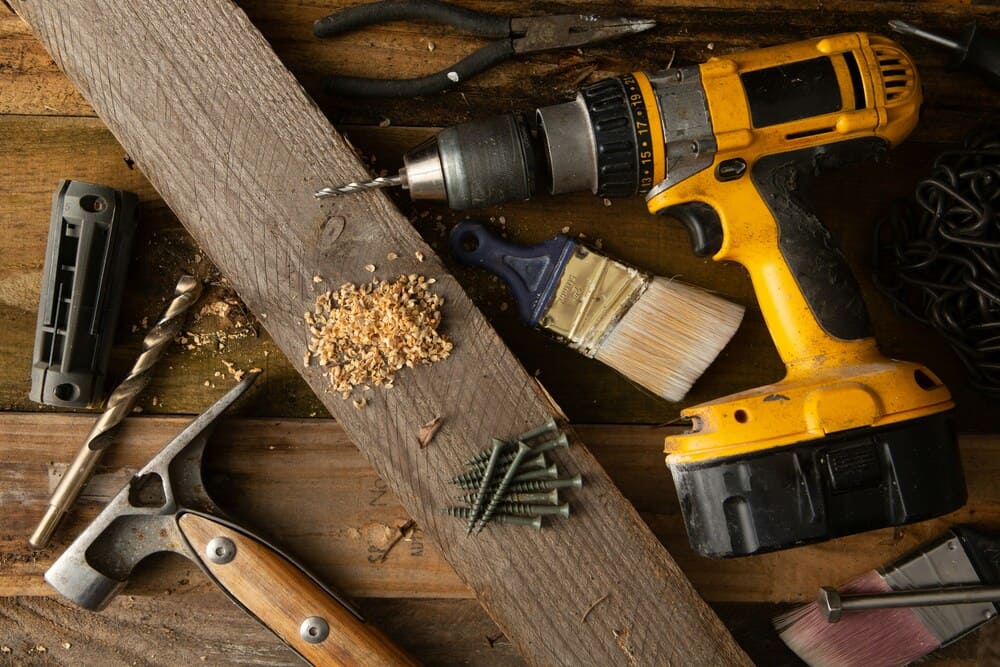
Rubber Membrane Roofs (EPDM/TPO)
When it comes to protecting flat or low-slope mobile home roofs, rubber membranes such as EPDM (ethylene propylene diene monomer) and TPO (thermoplastic polyolefin) have become some of the most reliable solutions. These roofing systems were originally developed for commercial buildings, but they’ve made their way into residential use because of their excellent waterproofing and energy performance.
The installation process involves rolling large sheets of membrane across the roof and securing them with adhesive or mechanical fasteners. Once in place, the seams are sealed to create a continuous surface that resists leaks far better than traditional coatings. Because the material is flexible and lightweight, it’s especially well-suited to mobile homes, where structural limits can rule out heavier roofing options.
What sets EPDM and TPO apart is their ability to handle the elements. EPDM, typically black, is valued for its durability and resistance to cracking in extreme temperatures. TPO, often white or light-colored, is designed to reflect sunlight, helping to keep interiors cooler in hot climates and reducing air-conditioning costs. Both systems can last two to three decades with minimal upkeep, making them a strong long-term investment.
That said, these membranes do require professional installation. Unlike shingles, which many homeowners feel comfortable patching themselves, membranes rely on precise seam sealing to maintain their watertight protection. Poor installation can leave vulnerable points where leaks may develop, so hiring an experienced contractor is essential.
For mobile homeowners looking for a modern solution that blends durability, energy savings, and low maintenance, rubber membranes are an excellent choice. They turn older flat or low-slope roofs into high-performing systems capable of standing up to heavy rain, strong sun, and seasonal temperature swings; all while keeping the home comfortable and protected.
Pros:
- Excellent waterproofing for flat or low-slope roofs
- UV reflective (especially TPO) = lower cooling costs
- Lightweight and flexible, safe for older structures
- Low maintenance and long-lasting (20–30 years)
Cons:
- Upfront installation cost can be higher than coatings
- Not a DIY-friendly option, professional installation recommended
- Seams can be a vulnerability if not sealed properly
Foam Roofing (Spray Polyurethane Foam)
Foam roofing may not be the first option that comes to mind for mobile homes, but it’s one of the most forward-thinking solutions available. Instead of laying down panels or rolling out membranes, contractors spray liquid polyurethane foam directly onto the roof. The material then expands and hardens into a seamless protective layer that conforms to every corner and edge. Once cured, it’s coated with a UV-resistant finish that keeps the surface from breaking down in the sun.
What makes foam roofing stand out is its ability to insulate as it protects. Because the foam is dense yet lightweight, it forms a thermal barrier that helps regulate indoor temperatures year-round. Homeowners often notice lower heating and cooling bills after installation, which makes the higher initial cost easier to justify over time. The seamless application also eliminates weak points; there are no shingles to curl or seams to split, just one continuous layer keeping water out.
Foam roofs are especially appealing for older or delicate mobile homes, since the material adds almost no weight but provides excellent structural coverage. They can also be renewed rather than replaced: applying a fresh protective coating every few years can extend the life of the roof well beyond two decades.
There are, however, considerations to keep in mind. Foam requires professional installation and isn’t a do-it-yourself project. It also performs best in moderate to warm climates; in regions with heavy snow, the surface can be vulnerable to punctures if snow or ice isn’t removed properly. Annual inspections and routine re-coating are part of the upkeep, but for homeowners who want efficiency and modern performance, foam remains a unique and effective choice.
Pros:
- Great insulation = lower heating/cooling bills
- Sealess application = excellent leak protection
- Lightweight and ideal for older or delicate structures
- Recoatable = extend lifespan without full replacement
Cons:
- Needs yearly inspections and re-coating every few years
- Not ideal for heavy snow areas, foam can be damaged if punctured
- Requires professional installation and experience
Special Considerations for Mobile Home Roofing
Choosing the right roofing system for a mobile home isn’t only about comparing materials. It also requires looking closely at your home’s structure, the environment you live in, and even the look you want to achieve. These factors often determine whether a roof will last decades or turn into a constant maintenance project.
Weight and Structural Integrity
Unlike site-built houses, mobile homes have different engineering standards, which means roof weight can be a serious limitation. Older or single-wide models may not be able to support heavy materials. Metal roofing tends to be a favorite in these cases because it is both light and durable, while asphalt shingles or tile can put too much stress on the structure. If there’s any doubt, it’s always best to consult a contractor or inspector before committing to a material.
Learn more: Mobile home construction process
Climate and Environmental Factors
The weather in your area should heavily influence your decision. Reflective metal roofs are ideal in hot climates where energy efficiency is a concern. In regions with heavy snowfall, pitched metal designs help snow slide off before it causes strain or ice dams. High-wind areas demand roofing that can be anchored securely, while rain-prone climates call for watertight systems with reinforced seams, such as rubber membranes.
Aesthetic and Design Choices
Practicality matters most, but appearance can’t be ignored. Roofing contributes significantly to curb appeal, and today’s materials offer plenty of variety. Homeowners can choose weathered metal for a rustic look, shingles in earth tones for a classic style, or sleek white membranes for a modern, minimal finish. It’s worth noting that the more complex or decorative a roof design is, the higher the cost and installation time will be.
To simplify the decision-making process, homeowners should ask themselves:
- What weight can my home’s structure safely handle?
- How does my local climate affect roofing performance?
- Am I prioritizing cost, longevity, or style, and in what order?
- Do I plan to live in this home long-term, or is resale value more important?
By working through these questions, you’ll be better prepared to choose a roofing option that not only looks good but also fits your home’s unique needs.
Explore more: Design your own custom mobile home
Wrapping It Up
Your roof is more than just protection from the elements; it’s a key part of your mobile home’s performance, energy efficiency, and visual appeal. From metal panels to shingles to flat roof membranes, the right roofing choice depends on your budget, climate, and structural limits.
When exploring mobile home roofing options, start with the basics: What can your home support? What kind of weather do you deal with? And how long do you want the roof to last?
By weighing your needs against the available materials, you'll be able to make a decision that protects your investment for years to come. Whether you're patching leaks or planning a full upgrade, your roof deserves serious attention, and now, you're equipped to make the right call.
